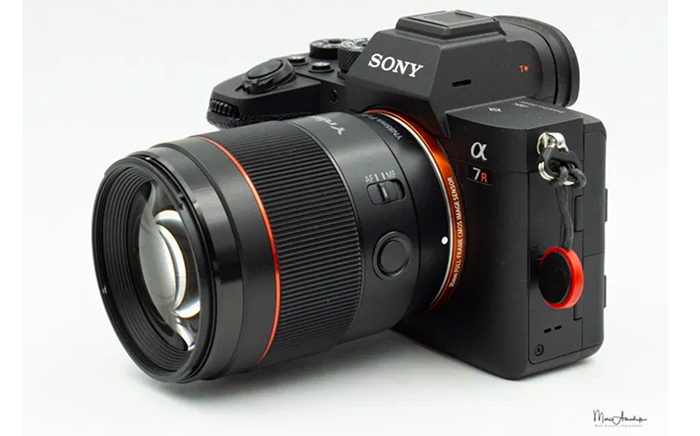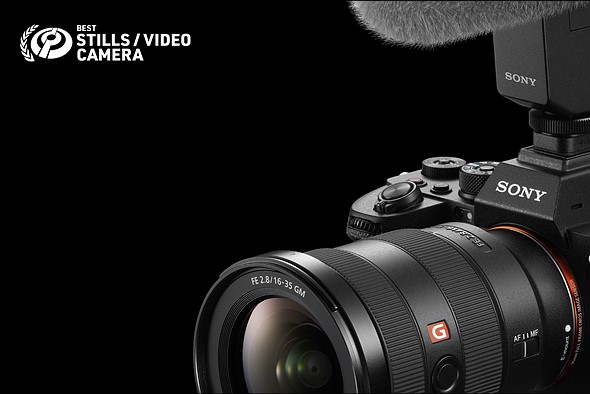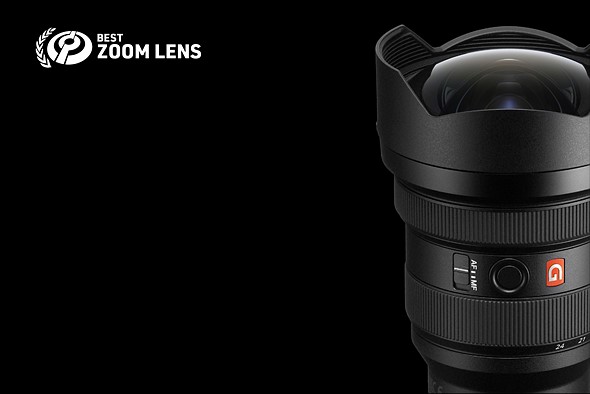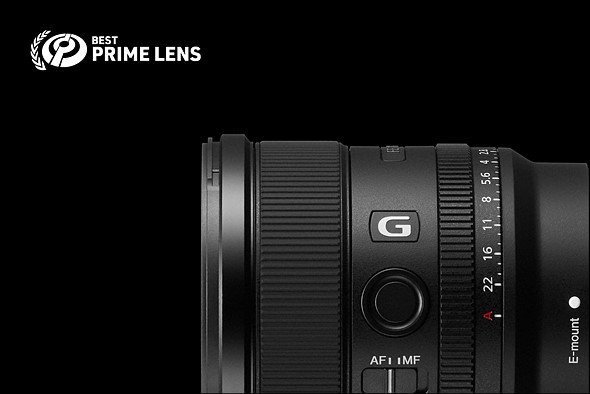Indy Mogul: Sony A7C – Better than the A7S III?
Sony A7c at BHphoto, Adorama, Amazon, FocusCamera. Calumet DE. Foto-erhardt DE. Fotokoch DE. Wex UK. Park UK.
Many have this question. Get the new A7c or the A7III? Here you might get your answer:
Sony A7c at BHphoto, Adorama, Amazon, FocusCamera. Calumet DE. Foto-erhardt DE. Fotokoch DE. Wex UK. Park UK.
Many have this question. Get the new A7c or the A7III? Here you might get your answer:

Yongnuo recently announced the new 85mm f/1.8 FE autofocus lens. This will be their second E-mount lens after the 50mm f/1.8 APS-C (here on Amazon).
And Marc Alhadeff posted the world’s first review of this new lens:
The Yongnuo YN 85mm F1.8S DF DSM (200$) is an excellent lens for the price. It is astonishing to have produced a lens with a very good AF and that can reach outstanding sharpness results on A7RIV at that price. On A7RIV The lens is already good in the centre at F1.8 but come excellent at F2.8 and outstanding at F4. Corners however are always lagging behind, If you transpose results to a A7III results will be excellent wide open. Color rendering and background blur is very good to excellent. Bokeh ball are very good wide open but as of F2.8 they exhibits heptagons due to only 7 Aperture blades. Video rendering is also very good.
There are also sacrifice on the build quality the lens being very “plastic” and very light, but you get a customizable focus hold button. I never had any focusing issues with firmware V5 of the lens with full compatibility with Sony real time tracking and eye AF. Highly recommended on A7III for small budget
Pros
Small and lighweight
Price
Very good AF
On 61Mpix : Good sharpness at F1.8, Excellent sharpness as of F2.8 ,Outstanding sharpness at F4
Smooth background blur
Very good color rendition
Very good in video
Very Good bokeh balls wide open
Very good rendering for portrait and skins
Good ergonomics with AF/MF button and focus hold button
Firmware upgrade possible via USB-C
Average
Moderate Distorsion
Low Chromatic aberrations but requiring sometimes a little correction
Average Bokeh Balls shapes: some cats eye and heptagon quickly visible as of F2.8 but not onion rings
Cons
High vignetting that decreases as you close the aperture but never dissapear
Build quality is cheap : plastic and flimsy focusing ring
Lens hood difficult to mount unmount
Sharpness in the corners only good

Best Hybrid camera: Sony a7S III (Adorama. BHphoto. Amazon. FocusCamera. Fotokoch. Calumet DE. WexUK. Park UK.)
Instead of chasing headline specs, Sony told us its priorities for the a7S III centered around reliability. In that spirit, it stuck with a 12MP sensor to capture native 4K, but its an all-new BSI sensor with dual gain architecture and fast rolling shutter performance. As a result, the camera can capture 4K/60p using the full width of its sensor, and up to 4K/120p with a slight (1.1x) crop, all in 4:2:2 10-bit color.
The a7S III also benefits from updated codecs, including a new All-I ‘intra-frame’ option, 16-bit Raw video output over HDMI, and dual-twin card slots that support both SD and CFexpress Type A. It’s also the first a7-series camera to feature a fully articulating screen in addition to Sony’s class-leading AF system, and it can record 4-channel audio with a new XLR adapter. the a7S III’s biggest drawback is that it’s stuck at 12MP for stills. Native 4K may result in slightly less detail than the oversampled video found on competitors, but it’s still the most impressive stills/video hybrid we’ve seen this year unless you really need more than 4K resolution.

Best Zoom: Sony 12-24mm f/2.8 GM (Amazon. BHphoto. Adorama. FocusCamera CalumetDE. WexUK.)
In the end we couldn’t choose between the Nikon Z 70-200mm F2.8 VR S and this one. The Sony 12-24mm F2.8 GM is a very different kind of lens, but equally excellent in its way. Aimed at landscape and astrophotographers alike, it’s a lens that can replace a handful of primes thanks to its optical performance. It’s tack sharp wide open, and three extreme aspherical (XA), two Super ED and three ED (extra low dispersion) elements help the lens achieve little to no lateral or longitudinal chromatic aberration. Stars and city lights are faithfully rendered thanks to minimal coma, and the precision of XA element grinding ensures smooth bokeh with no onion-rings.
The Sony 12-24mm F2.8 GM is impressively lightweight at 847g, only 6.5% heavier than the compact Sigma 14-24mm F2.8 DG DN Art lens. It accepts rear-mount gel filters, and is fast to focus thanks to four extreme dynamic (XD) linear motors that allow it to keep up with the 20 fps frame rate of the Sony a9 cameras. A newer Nano anti-reflective coating allows for lower flare and ghosting. Video shooters will be pleased by the linear focus response, lack of focus breathing, focus shift, and axial shift while zooming.

Best Prime lens: Sony FE 20mm F1.8G ( BHphoto, Amazon, Adorama. FocusCamera. Amazon DE, Calumet DE. Amazon UK)
The Sony 20mm F1.8G takes the top spot in our awards for prime lens of the year thanks to the fact that it’s nearly optically flawless. It’s sharp enough wide open to pair with the high-resolution 60MP a7R IV, with nearly no lateral or longitudinal chromatic aberration to speak of – particularly impressive for a lens of this type. Bokeh is smooth with no onion rings or bright edges. Nine aperture blades ensure smooth out-of-focus highlights even as you stop down, and for astrophotographers, there’s minimal sagittal flare or coma.
Autofocus is extremely speedy thanks to XD (extreme dynamic) linear focus actuators. Distortion and vignetting are also well-controlled and easily fixed in post-processing. The only flaw we can find really is a tendency to flare and ghost, but that’s excusable for a lens of this type and considering its lack of other optical aberrations.
As the most well-corrected lenses of this type that we’ve ever seen, the Sony 20mm F1.8G easily wins our prime lens of the year.
Zeiss ZX1 camera at BHphoto, Adorama and Fotokoch. There are also a ton of ZX1 accessories (listed at BH).
Dpreview is testing the new Zeiss ZX1 which is nearly entirely made of Soy components and can be sort of considered an RX successor camera. Their early first impression conclusion is:
Overall, I’m glad the Zeiss ZX1 exists. It’s refreshing to see a manufacturer do something truly different from the competition. The design is striking, and there are probably well-off photographers out there who want as simple a shooting experience as possible, but still want to be able to fine-tune their images in post. It’s an interesting proposition for world travelers as well (once such things are feasible again). For these folks, the ZX1 means you get everything you need in one device.
But what of the rest of us? After all, this is a $6000 camera, or fully one thousand dollars more than the already premium-priced Leica Q2. That buys a lot of gear, plus, frankly, a lot of smartphone. So speaking personally, I’m leaning towards sticking with the smartphone in my pocket and a ‘dumb’ camera around my neck… for now.
Tamron 70-300mm FE lens at BHphoto, Adorama, FocusCamera, Wex UK.
Here is their take on the new lens:
Preorders:
Sony FX6 FF E-mount camcorder at BHphoto, FocusCamera and Adorama.
Sony FE C 16-35mm T/3.1 G E-Mount Lens at BHphoto, FocusCamera and Adorama.
And here are some more FX& youtubers tests:
Sony A7c at BHphoto, Adorama, Amazon, FocusCamera. Calumet DE. Foto-erhardt DE. Fotokoch DE. Wex UK. Park UK.
Dustin Abbott published his definitive and very long Sony A7c review: